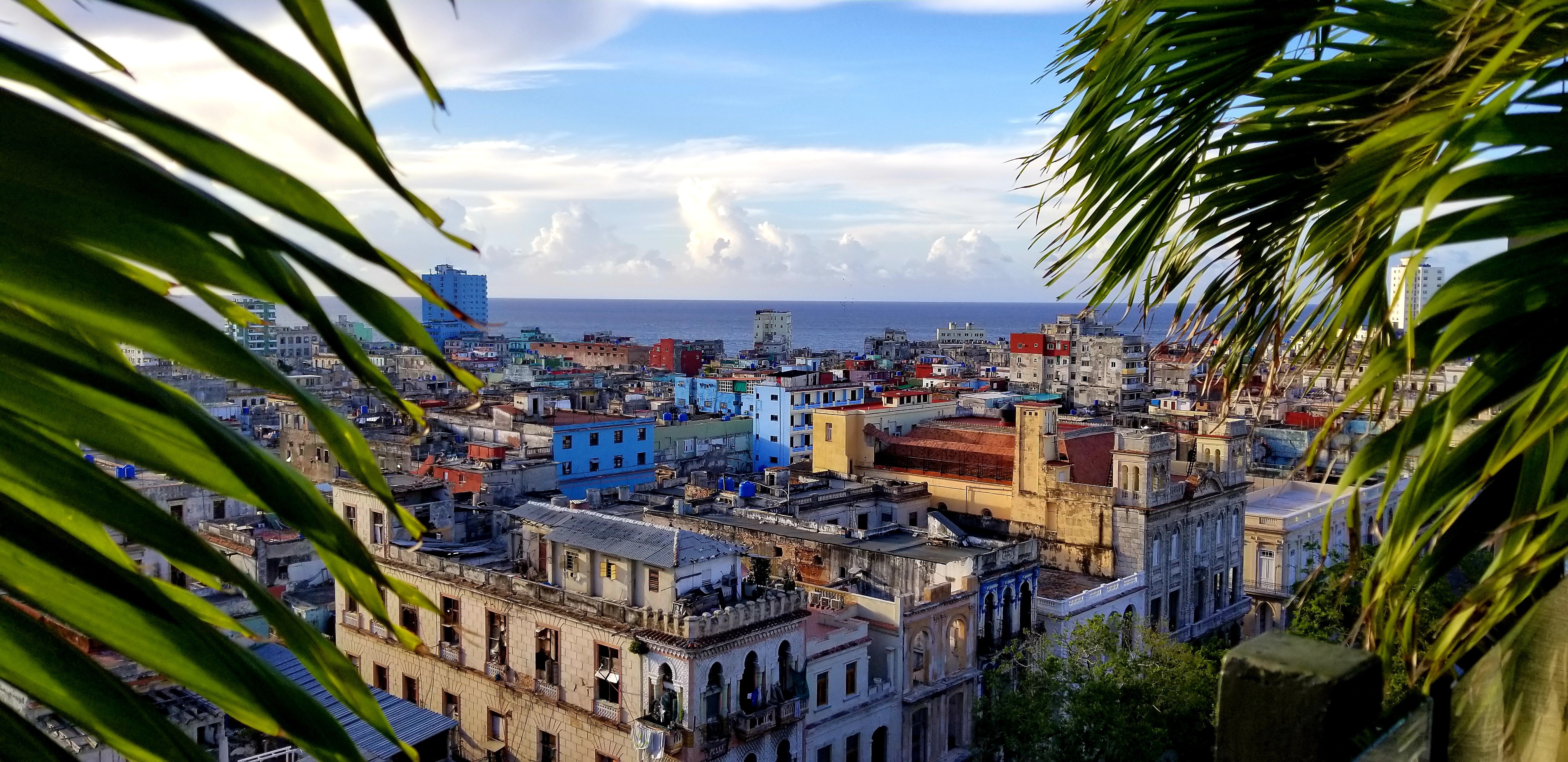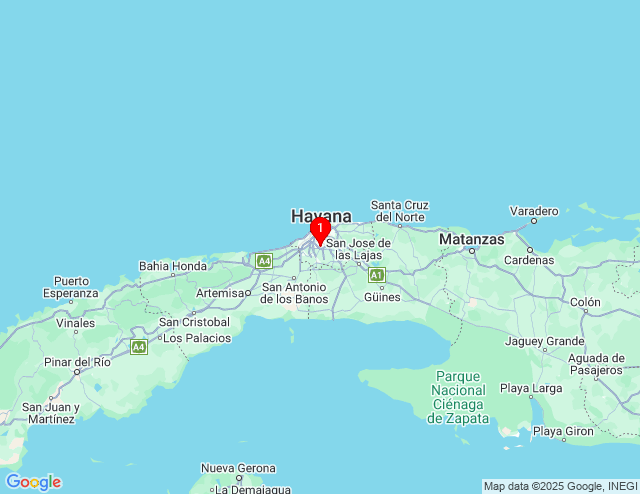Cuba became a U.S. protectorate in 1898 and, in 1902, gained substantial independence. Between 1902 and 1959, many U.S. citizens lived in Cuba or frequently traveled to Cuba. The Cuban economy relied heavily on tourism from the U.S. and Canada. Havana had a large number of shows, events, and casinos catering to tourists.
In 1952, Fulgencio Batista became Cuba's President after a disputed election. In 1954, Fidel Castro, his brother Raul Castro, and Che Guevara traveled to the southeastern end of the island and began a revolution, which slowly fought toward Havana in the northwest. In 1958, U.S. President Dwight D. Eisenhower imposed an arms embargo, which hurt Batista's military more than it hurt Castro's revolution. Raul Castro began taking and releasing U.S. citizens as hostages. His motives remain unknown, but the kidnappings engendered unpopularity in the U.S. at a time when the U.S. had stopped arming Batista's troops.
On January 2, 1959, the Batista army stopped fighting. Castro assumed control and appointed a new Cuban President, Manuel Urrutia Lleó. Still, Fidel Castro remained Cuba's leader under varying titles. Castro established a single party socialist state. He began with a purge of Batista loyalists. He appointed Che Guevara to be the Supreme Prosecutor. Through Guevara, Castro directed the executions of hundreds of Batista loyalists. Raul Castro directed the summary execution of Batista POWs, including the summary executions of 70 POWs in Santiago.
In response, President Dwight D. Eisenhower secretly began planning efforts to assassinate or overthrow Castro, such as the Bay of Pigs invasion, which eventually occurred during the administration of U.S. President John F. Kennedy. When Castro asked the U.S. for new armaments, President Eisenhower refused -- keeping the arms embargo in place. In response, Castro began purchasing weapons from the Soviet Union.
In October, 1960, a private U.S. oil refinery in Cuba refused to refine a shipment of Soviet crude oil. In response, Castro nationalized all oil refineries in Cuba, without compensating the owners. Private U.S. companies had owned all of the refineries at the time. In the ensuing months, the U.S. incrementally expanded its embargo, and Castro incrementally nationalized more U.S. companies. Ultimately, President Kennedy added travel restrictions, which remained wholly in place until 2009.
Castro's reforms brought positive changes for poorer Cubans. The reforms reduced illiteracy, increased life expectancy, lowered infant mortality rates, and improved the healthcare and education systems. Cuba meets the World Wildlife Fund's criteria for sustainable development. Castro became increasingly popular in parts of Latin America.
After 1959, Cuban tourism diminished drastically and was mostly for people within the Soviet block. As a result, Cuba did not renew many facilities until the 1990s, when Cuba lost financial backing from the defunct Soviet Union, when Cuba opened its doors to foreign tourism and the possession of foreign currency. Now many European, Canadian, and even American visitors come to the island. In the typical tourist regions like Varadero and Holguín many modern 3-star to 5-star hotels are available, while in less popular tourist regions visitors are still able to rent rooms in many Cuban homes (called casas particulares.). Since 2009, U.S. citizens with relatives living in Cuba have been allowed to visit Cuba, and Raul Castro has given most Cubans the right to travel abroad for up to 24 months.
Due to several long-standing factors (e.g. U.S. embargo against Cuba, bureaucratic ineffectiveness, and the loss of Soviet subsidies), today much of the country's infrastructure is desperately in need of repair. Major tourist destinations have relatively few problems with power or water, although such outages may occur. Electricity outages have been common in Cuba, except in tourist facilities that have a generator. Since 2006 was designated the Year of the Energy Revolution in Cuba, Cubans have installed many small generators to avoid blackouts. Since Venezuela began providing Cuba with cheap oil and Cuba restarted the refinery in Cienfuegos, the energy situation has improved. Many tourist accommodations offer 220V as well as 110V power sources. This is adequate for your power needs and should be enough to accommodate anything you plug in, at least to a reasonable limit.




